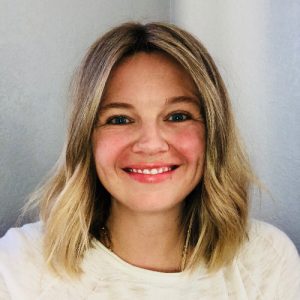

Bang the Table’s Engagement Manager, Megan Ruble teaches us how to use surveys more effectively.
When I ask potential clients of Bang the Table what their current community engagement strategy is, the typical response is “Oh, we do surveys all the time!” to which I respond “Great! What else?”
Sometimes they will follow up and say they use social media to get the word out, which is also great, but social media is not community engagement. Social media is a communications channel – and not always a very effective one – full stop.
Back to surveys – they can be a fantastic jumping off point for a community engagement process, designed to grab quick data with which to take the temperature on a topic or inform a deeper dive into conversations. At Bang the Table we see more than 50% of all consultations hosted on EngagementHQ utilize a survey and more than 1.5 surveys on average launched every month per client.
Surveys are not community engagement in themselves, though, for a few reasons:
Surveys are transactional. You as the surveyor put out questions that the recipient is expected to answer. There is rarely opportunity for participants to educate themselves on the topic, get clarity on ambiguously worded questions, or share ideas or answers that you haven’t already preordained. Additionally, because of that lack of opportunity to educate themselves on the topic, people often respond from a place of opinion instead of place of knowledge, which helps you to move the needle on nothing.
Very little trust and satisfaction exists in surveying. How often do participants click “submit” and then feel a deep sense of accomplishment? Oftentimes, relief comes because the survey was too dang long and the taker is simply glad to be done with it. Other times, the survey is completed, and it is off into the ether of the internet with no expectation or belief that it will ever be read – forget about expecting any sort of response or data sharing.
Surveys can feel exclusional. Whether it is how questions are asked, worded, or the topics that are covered, surveys can feel like they were designed for someone who is living a very different experience than your own. This can be harmful in your efforts to bring a more representative constituency into your conversations.

It is easy to treat surveys as a crutch. You know how to make them, you know how to send them, and they have a low barrier to participation. That smells like efficiency, amiright?! But as several of my colleagues like to say, when you only have a hammer, everything looks like a nail. Your organization misses out on critical feedback, new ideas, and moderate voices when you so severely limit how you accept participation into a singular form.
And finally, what the heck do you do with all of that data? We don’t even have time to talk about that today – people make entire careers out of survey analysis, and I am not one of those people. But admit it – you’ve deployed a survey and gotten back such an incomplete set of information compared to what you needed, or realized you asked the completely wrong questions, and scrapped it. You can point this result to a failure to ask the right questions, at the right time. It is time to do better.
The good news is, despite previously typed text, I’m not here to bash on surveys. Designed properly, they can be a highly effective tool in your community engagement toolbox, so much so that I’m hosting an entire webinar on how and when to deploy surveys for maximum effectiveness. The webinar is not a deep dive in which you will be asked to pull out your TI-83s to calculate representative sample sizes – it is a primer, designed to get you thinking outside of your established norms when it comes to survey development and deployment.
However you come to the realization that it is time to rethink your survey strategy, whether it is being sick of audience chasing, dismal return rates, or hours spent banging your head against a monitor trying to find interesting new ways to write the same old questions, I am glad you are here. Let’s examine what we think we know about surveys, and work to make sure they are a productive use of both you and your audience’s time.
I hope you’ll join me on Feb. 28th (register here) and encourage you to submit any burning questions in advance to me (Meghan@BangtheTable.com). Thank you to ELGL for co-hosting this learning series, and I look forward to learning with you!
Meghan joined the Bang the Table team after five years working at the local government level. Her experience managing a municipal marketing and communications team left her very familiar with the challenges agencies face when planning and running community engagement projects. She is based in New York City.
